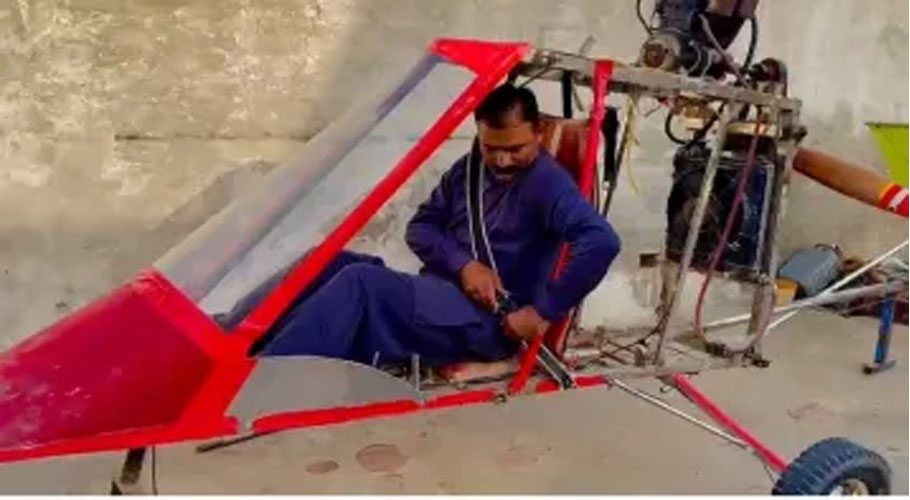China’s forthcoming lunar mission, Chang’e 6, slated for the first week of May, is set to include the ICUBE-Q CubeSat satellite from Pakistan, as the two nations deepen their collaboration in space exploration.
This mission aims to foster international cooperation by incorporating payloads and satellite projects from various countries and regions. Among these are France’s DORN radon detection instrument, the European Space Agency’s negative ion detector, Italy’s laser retroreflector, and Pakistan’s CubeSat, as confirmed by the China National Space Administration (CNSA).
Dubbed ICUBE-Qamar, or ICUBE-Q for brevity, this CubeSat, developed by Pakistan’s Institute of Space Technology (IST) in conjunction with the Pakistan Space and Upper Atmosphere Research Commission (SUPARCO), the Asia Pacific Space Cooperation Organization (APSCO), and China’s Shanghai Jiao Tong University (SJTU), is scheduled for launch next month.
CubeSats, like ICUBE-Q, are miniature satellites primarily intended for scientific research, technology development, and educational endeavors in space exploration. These satellites, characterized by their compact size and standardized design, offer opportunities for a wide range of missions, including Earth observation, remote sensing, atmospheric research, communications, astronomy, and technology demonstration.
Furthermore, Pakistan’s involvement in space exploration extends beyond CubeSats, with initiatives such as sending seeds to China’s Tiangong space station for research on environmentally tolerant seeds. Additionally, Pakistan is reportedly exploring the possibility of formal agreements to join both the Tiangong space station and China’s lunar base on the South Pole, according to Dawn newspaper reports.
What is Chang’e 6 mission?
The Chang’e 6 mission’s objective is to collect samples from the far side of the Moon. Consisting of an orbiter, lander, ascender, and re-entry module, the spacecraft aims to land in the South Pole-Aitken Basin, where it will gather dust and rock samples. If successful, this mission could provide invaluable insights into the composition of the far side of the Moon, contributing to our understanding of lunar geology and evolution.


















